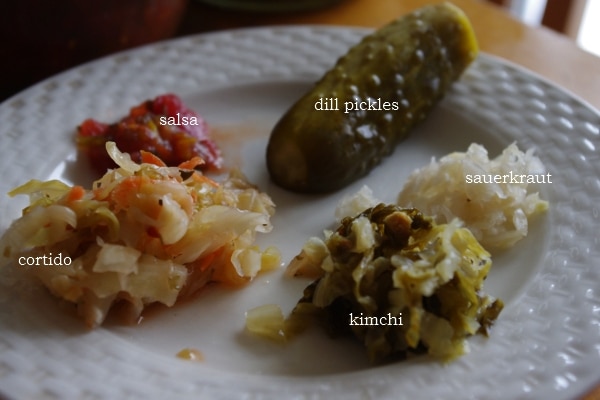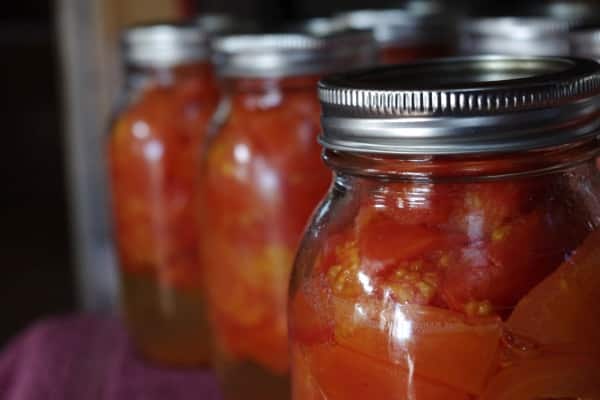Preserving Food Without Canning

A few posts ago I got a question about how to preserve food without canning. Canning is one of the most popular ways to put food by these days, and has been for decades. So why would I want to avoid this common method of food preservation?
Let me just start by saying that I do preserve food by canning and I certainly think it has its place as a method of storing food. But I also believe that it isn’t the most sustainable of food preservation methods. It requires a great deal of energy to either water bath or pressure can. It requires you to either purchase new lids every year or invest in a lot of reusable lids up front. Finally, and perhaps most importantly, canning destroys many nutrients and eliminates all important enzymes.
So, with that off my chest, lets talk about other options. These are the tried and true methods that have been used by cultures for thousands of years before cheap energy and refrigeration. And you know they are worth checking out because if people didn’t put food by in these three methods, well, they starved.
Lacto-Fermentation
I’m a bit of a lacto-fermentation nut. To me, this method of food preservation is a beautiful picture of the provision of the Lord. You can take a simple vegetable from your backyard, add salt and maybe water, give it some time and the end result is a naturally preserved food teeming with probiotics and enzymes.
There are examples of this from all over the world. Sauerkraut, kimchi, sauerruben, and cortido to name a few. Traditionally these fermented vegetables are made and allowed to continue to culture in a root cellar, a dugout, or a simple hole in the ground into which a vessel has been buried. Vegetables will keep for months in this method.
The lactic acid that is made during the fermentation process acidifies the food enough so that bad bacteria can not proliferate.

Dehydrating
This is one of the easiest and oldest methods of food preservation. Traditionally done by the sun or near a fire, drying takes the moisture out of foods which means that bad bacteria that cause spoilage can not proliferate.
Dehydrated foods take up much less storage space and can be rehydrated or cooked into moist dishes like soups and stews. Just about anything can be dehydrated. Some of my favorite candidates include berries, apples, zucchini, peppers, tomatoes, and herbs.
Live Storage
Also known as root cellaring, this is another easy form of food preservation. So easy, in fact, that there is none of the chopping involved in the previous two preservation methods.
There are all sorts of foods – both fruits and vegetables – that can be stored as is in a cool location. Good candidates include:
- Roots such as potatoes, carrots, and beets.
- Thick-skinned vegetables such as winter squash.
- Hearty fruits such as apples, pears, and citrus.
Resources
These are some of the resources that have really helped me to dive into these methods of food preservation:
So while I still use canning as a method of food preservation I am hoping one day soon that our root cellar will be dried in and we can store loads of dehydrated, fermented, and live food in there.
